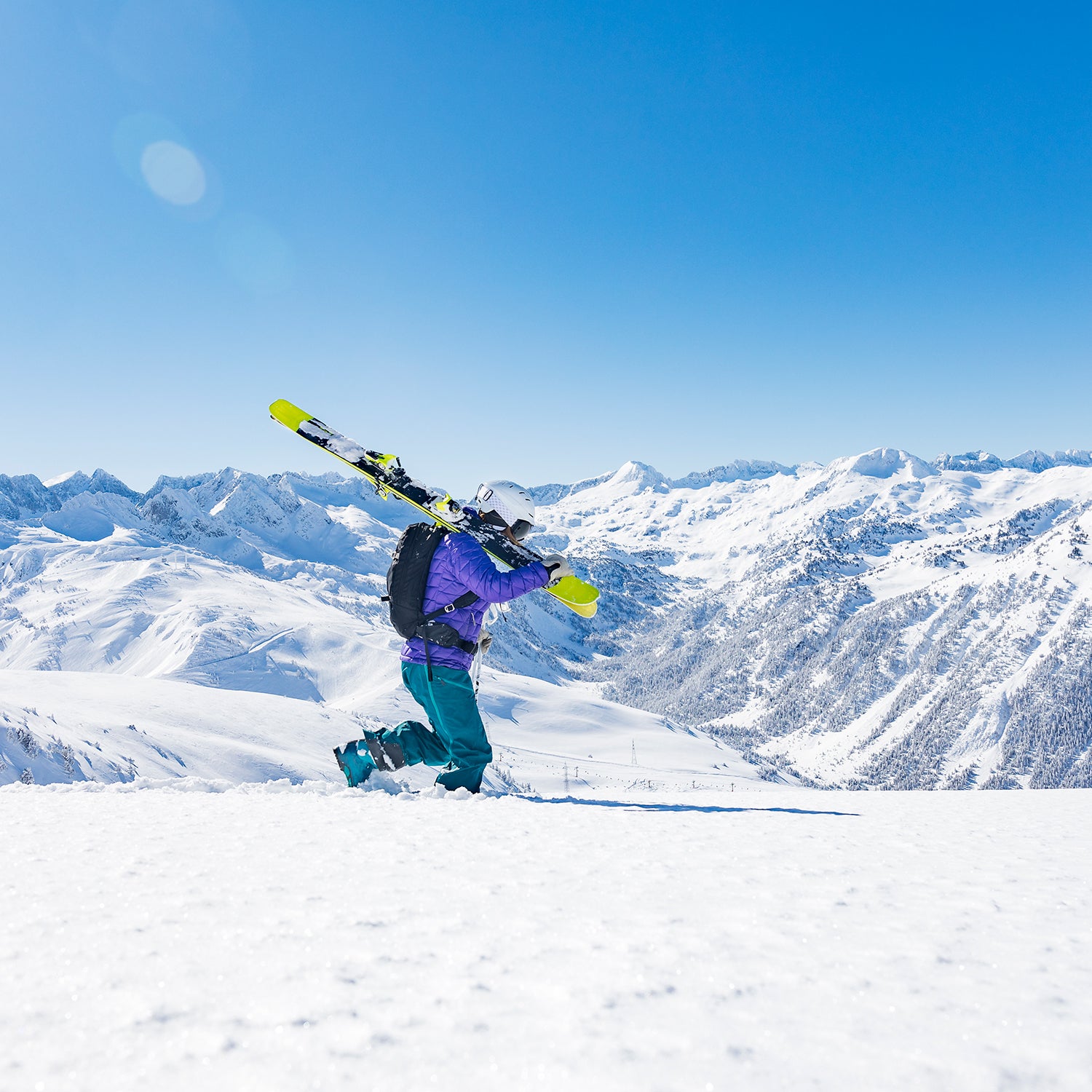For me the itch usually hits sometime in August, in the heat of the summer: speculation fueled by stoke films, the tease of the forecasts, and the . I start dreaming about snow. Is anyone geekier about the future than skiers? Who else starts to pick out their January outfits in June?
This season, the calculus for a good winter has changed. COVID-19 has loaded so many personal choices with existential angst, including the somewhat selfish pursuit of dropping everything for a powder day. The question isn’t simply what the conditions will be, but whether we can ski safely during a pandemic.
In dark times like these, skiers are accustomed to envisioning the bright side, because by its very nature, skiing is a gamble on an unknown future. You never really know when storms might hit, or which mountains might get hammered and which might get hosed. Part of the preseason buzz is leaning into the unknown, letting yourself get jazzed just enough to keep you going while remaining realistic about the fact that things might not turn out the way you imagined.
The hazards of the sport are different now—more than just injured limbs and bruised egos, our very health is on the line. But part of skiing’s speculative thrill has always been assessing risk: gauging danger, deciding if it’s smart to drop in, and trying not to let your desire for adrenaline put anyone else in harm’s way. It’s about looking at the blurry future and trying to choose the right line.
It’s impossible to say what this season will look like. With so many other things to worry about, I don’t know if we’ll all still be watching barometric pressure like it’s news. But skiing has taught me to sit with that preseason itch—the hunger for motion and change, the belief that this winter will be the best one yet—with the resilience to go on if it’s not.


